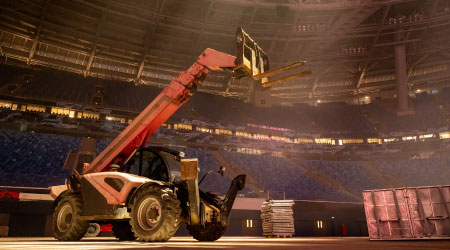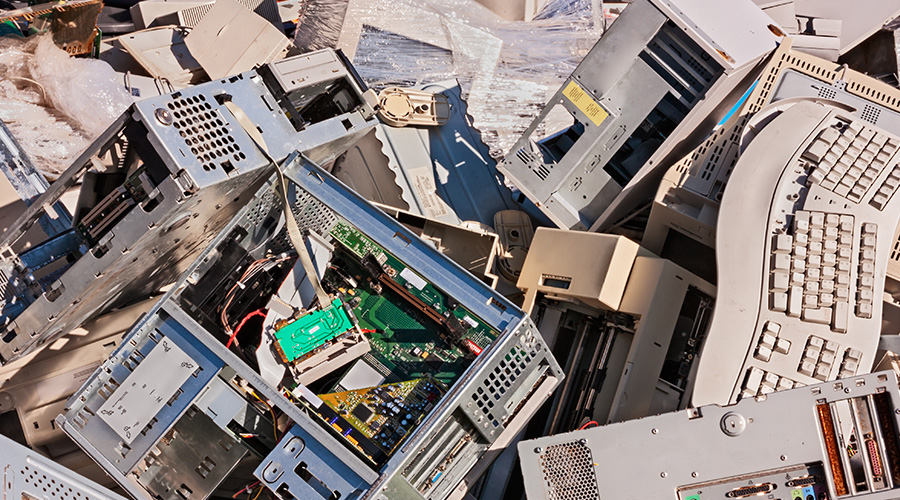Successful Recycling: Safe Collection
Managers also need to establish safe and efficient collection and storage procedures. One worker compensation claim can easily amount to $50,000. Notwithstanding the fact that staff members are human beings who deserve the highest consideration, a well-designed recycling collection and storage program will help to save you money.
Food and paper recycling containers get heavy very quickly, so managers should avoid specifying containers that require workers to lift heavy bags or cans. Specification should take into account ease of handling and safety. In one program, containers were specified that allowed workers to slide out the contents. In another, an automated lift system was employed with wheeled carts.
No matter what staff members must do to empty the recycling containers in your facilities, make certain they know it is not their job to sort out other people's mistakes. It is their job to move the material from the point of generation — a desk, the cafeteria, etc. — to the centralized consolidation point. But it is everyone's job to educate system users to sort material correctly. Think about this from another perspective. Any time spent fixing the generators' mistakes is time taken from other tasks. This scenario is simply not a cost-effective use of limited service staff time.
After staff members have collected recyclable materials, the must store the materials until collection by the recycling company. Unfortunately, too many central collection areas are so disorganized, they present serious safety hazards.
Of equal importance is the manner in which these materials are stored from a marketing perspective. For example, leaving paper stored outside and exposed to the elements destroys its value. No manufacturing facility would store finished products outside, and facilities should treat recyclable commodities the same way.
Making The Right Deal
Managers also must develop a contract for recycling markets that sets fair pricing and exceptional service parameters. This step really should be one of the first considerations for the program. The first move is to review recycling contracts to determine the materials that have true value, such as paper and scrap metals, keeping in mind that recycling markets are moving targets.
The value of commodities is a function of several factors, including volume, cleanliness, material type, availability of markets, and the distance to markets.
The greater the volume of clean, high-value material that has nearby, available markets, the better the opportunity for managers and their organizations to receive a positive value for the commodities. Reputable vendors will offer a fair return on materials, and they will be completely upfront with customers about transportation costs.
Reputable vendors will freely explain the way market value is determined and show managers the market index from which they have derived the price for a given commodity. They also will work with managers to improve their programs to allow for maximum value.
Finally, and perhaps most importantly, managers should develop recycling programs so each program element builds on the success of another program element. Comprehensive program thinking is the key to success.
Wayne D. DeFeo, LEED AP, is founder and principal of DeFeo Associates a sustainability consulting firm in Warren Township, N.J.
Related Topics:













